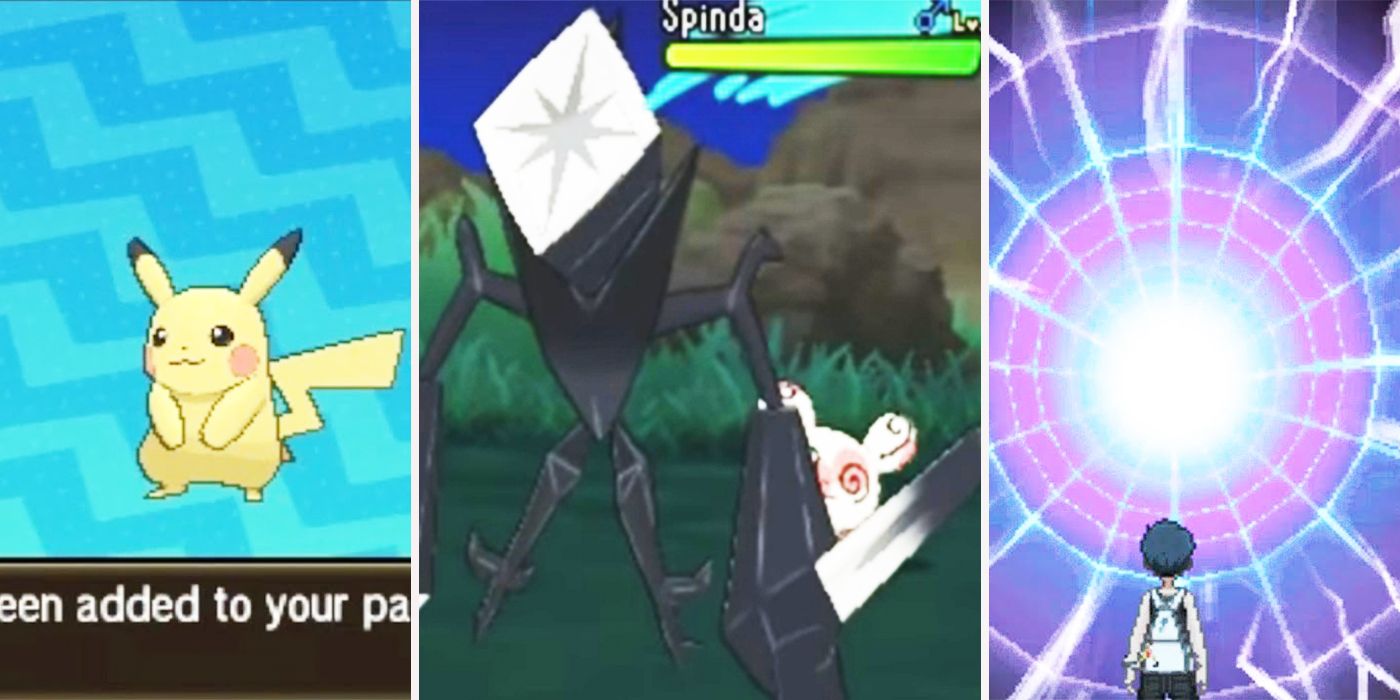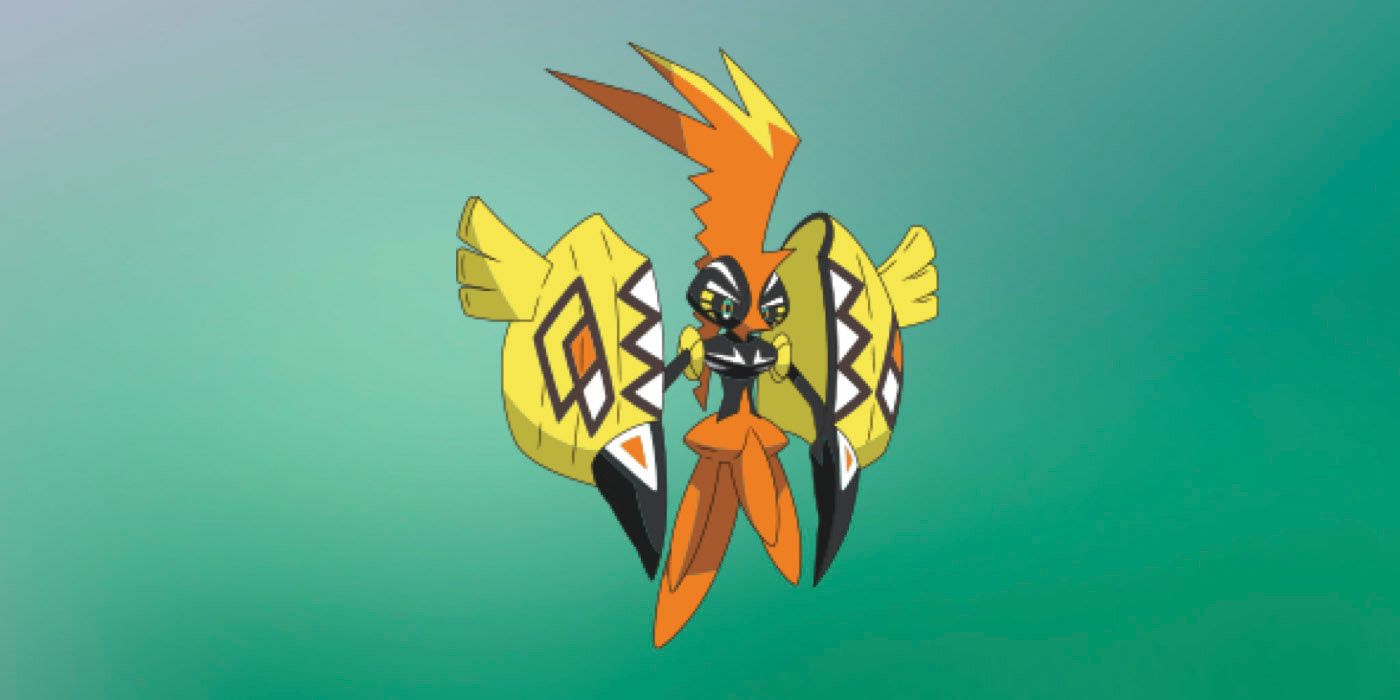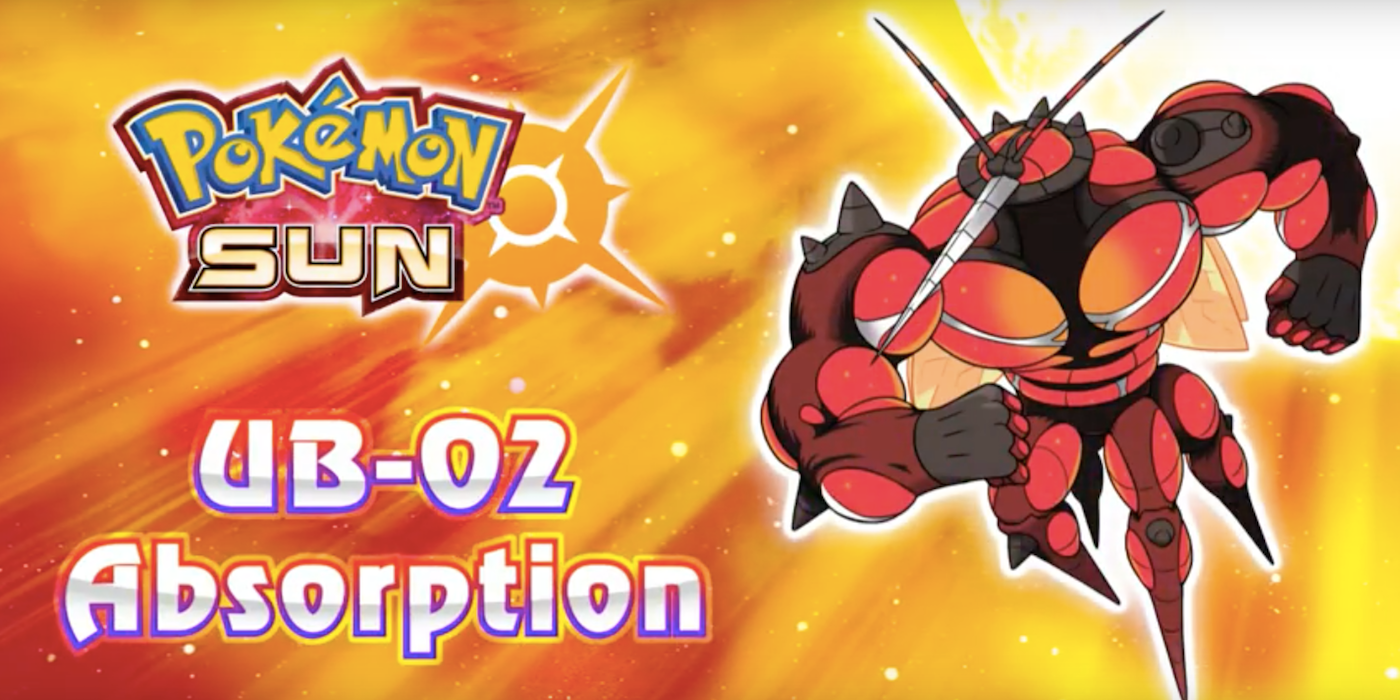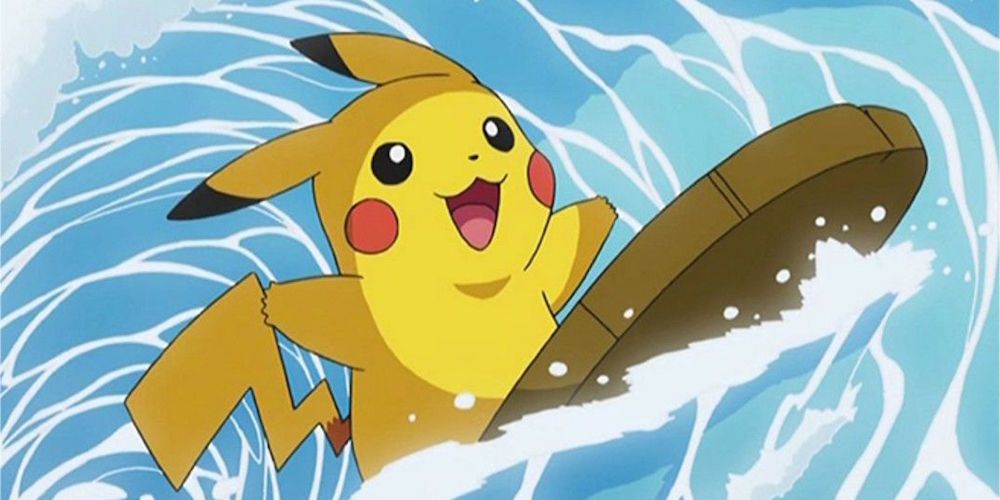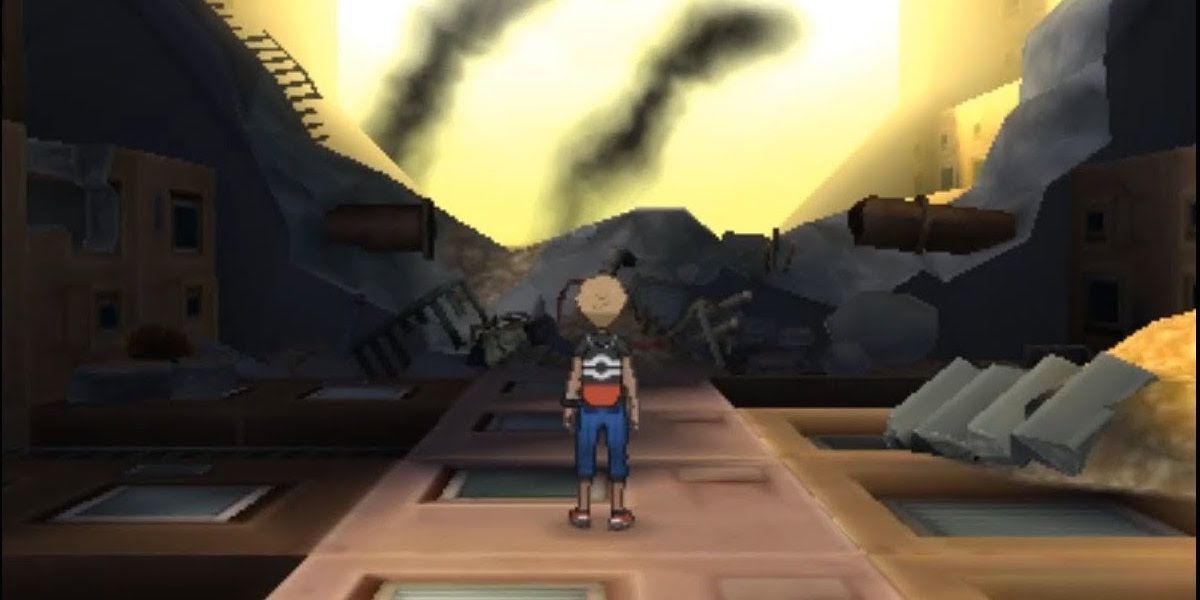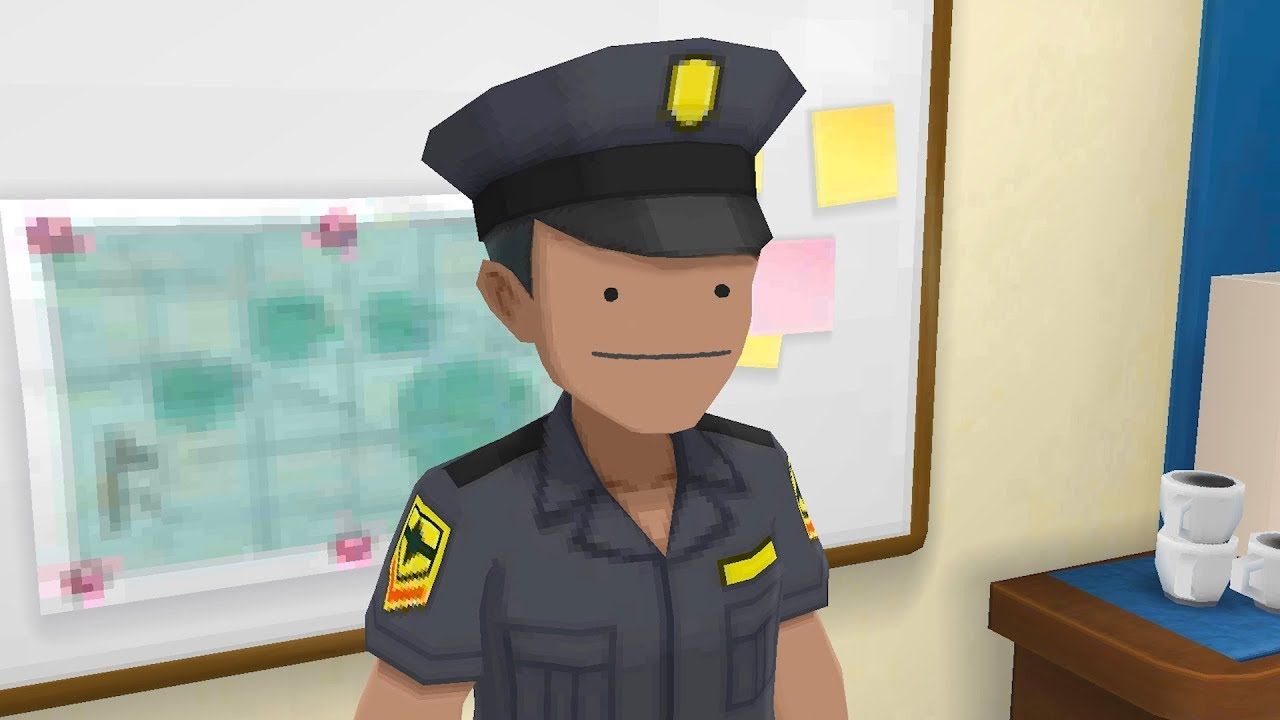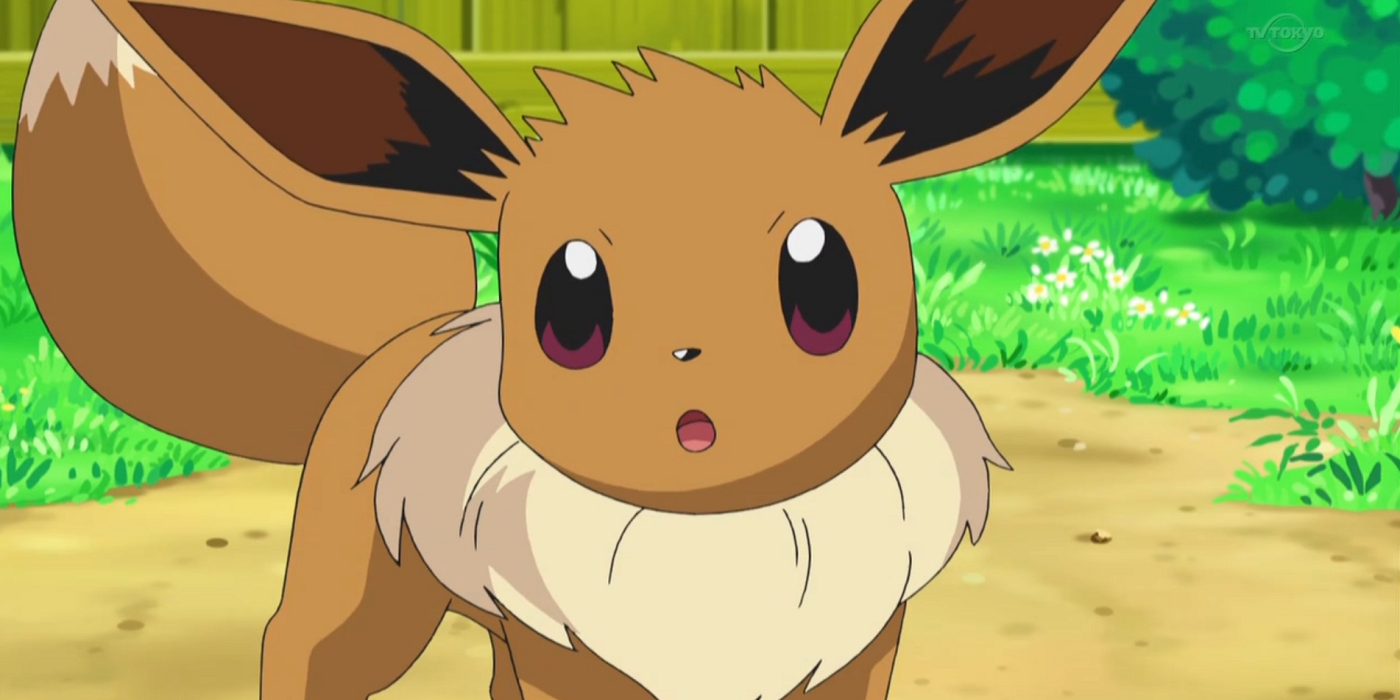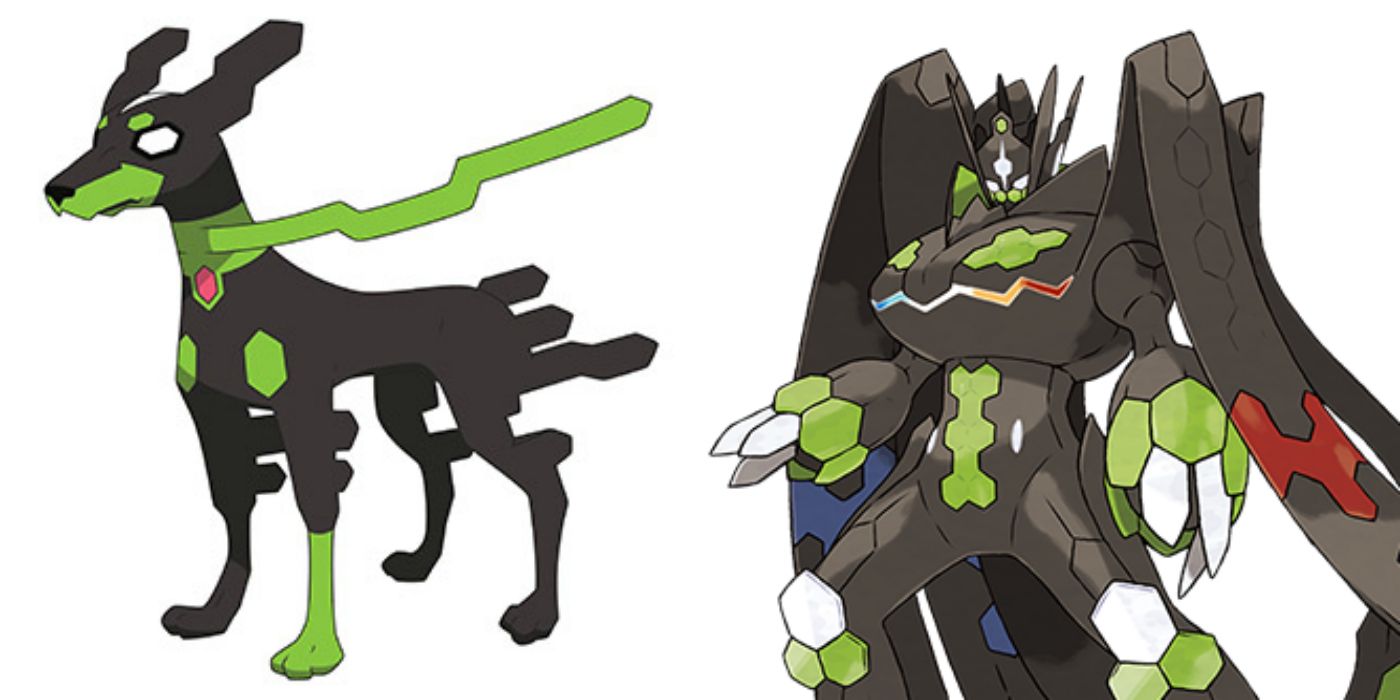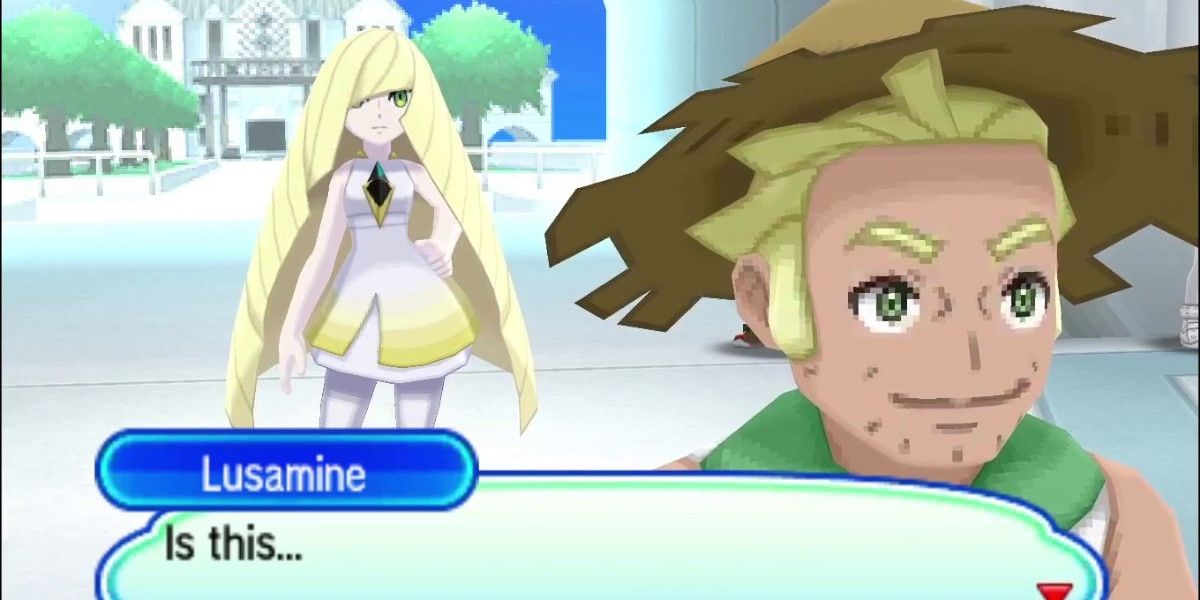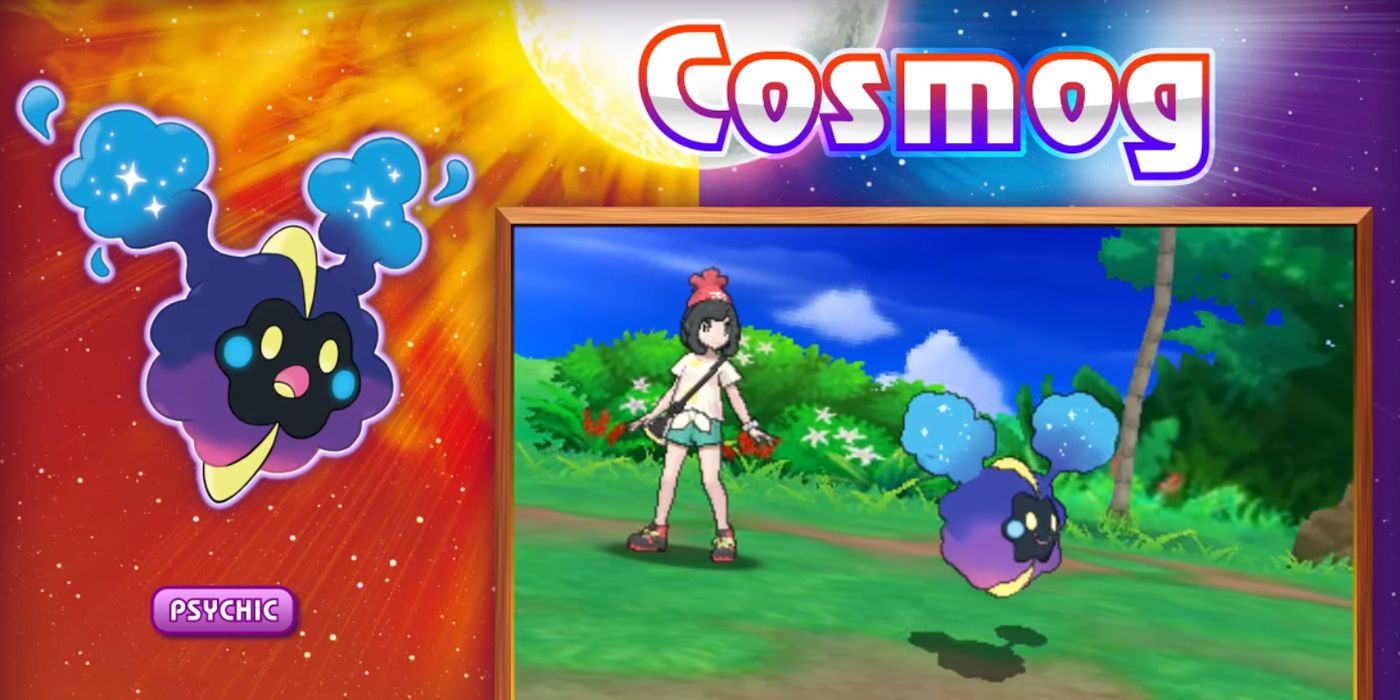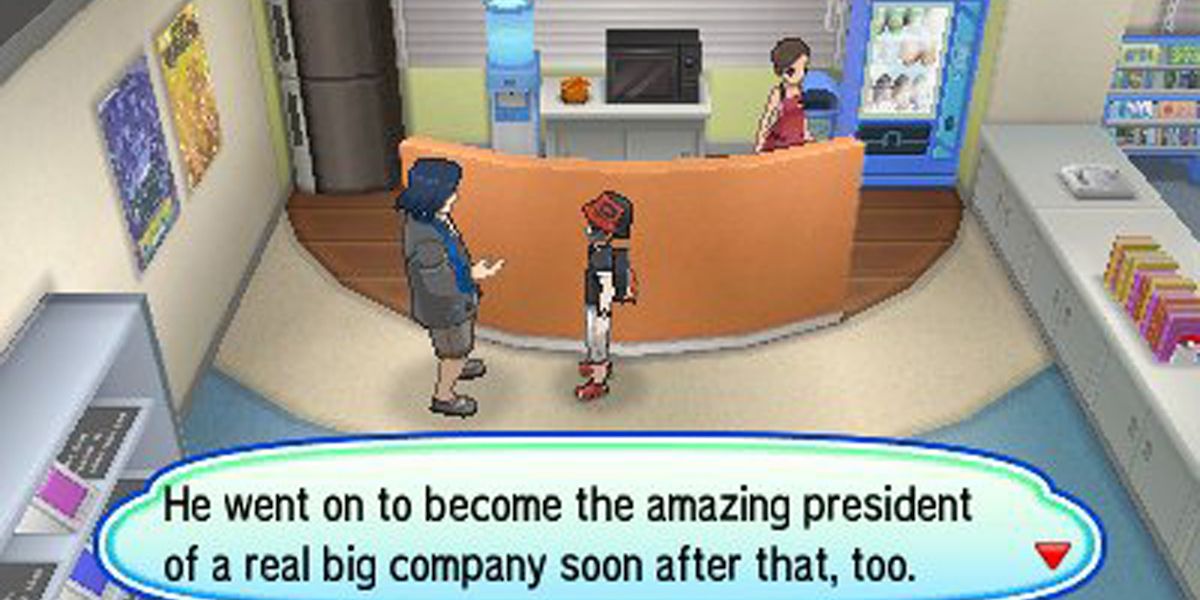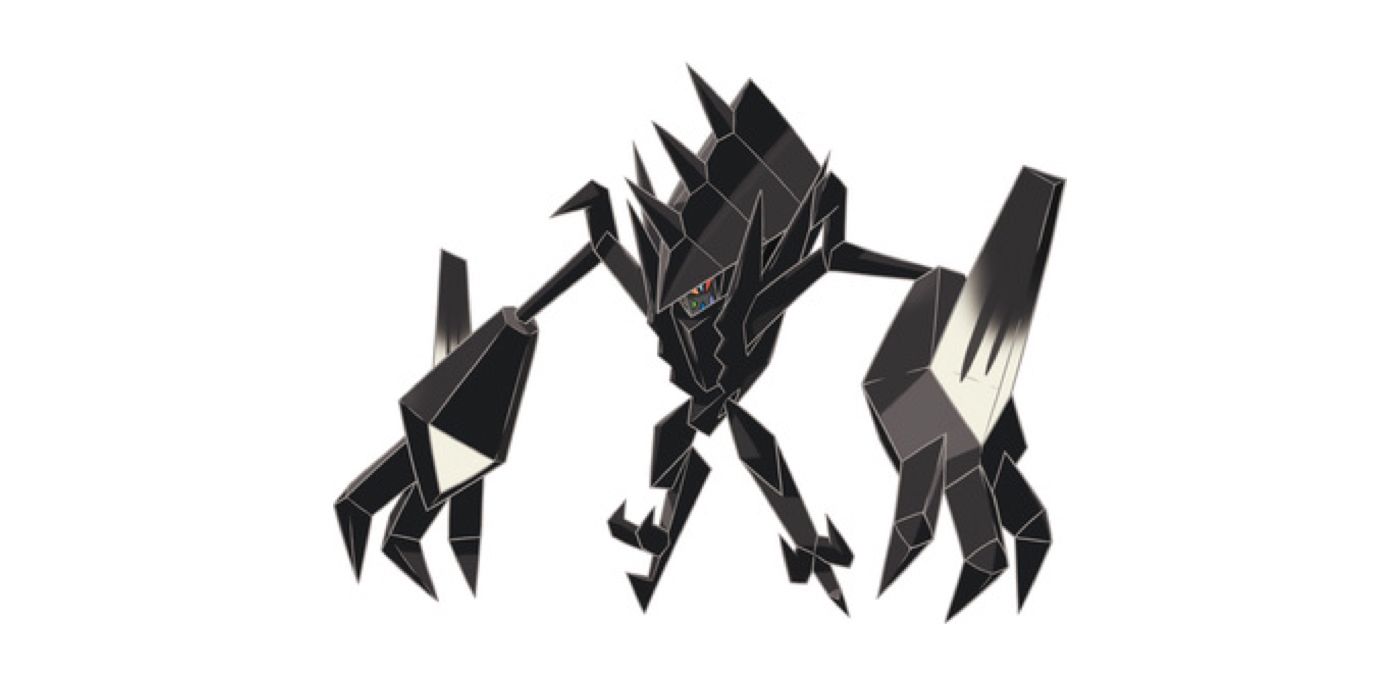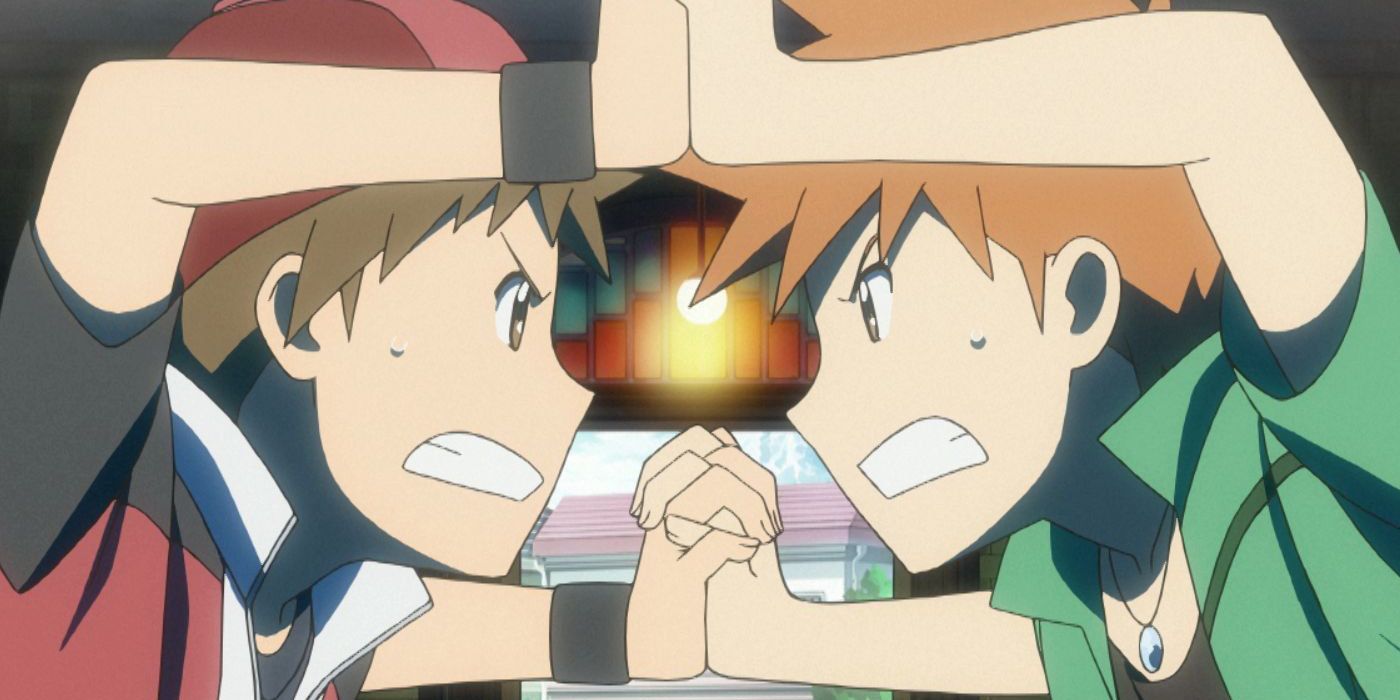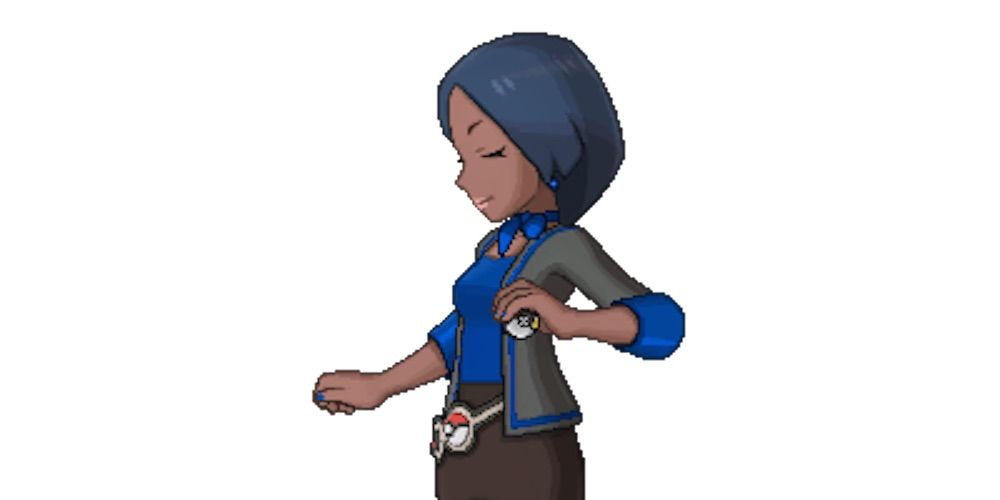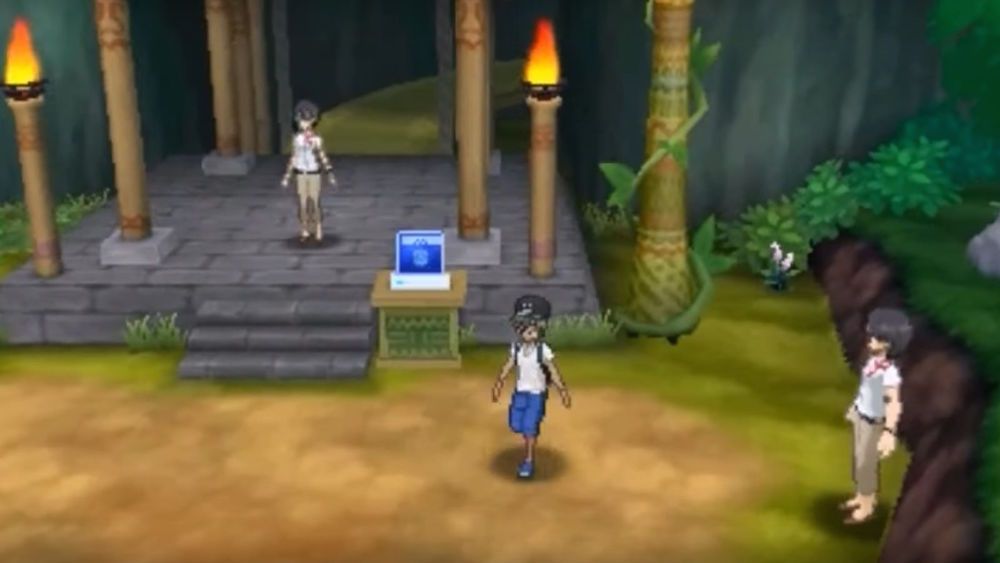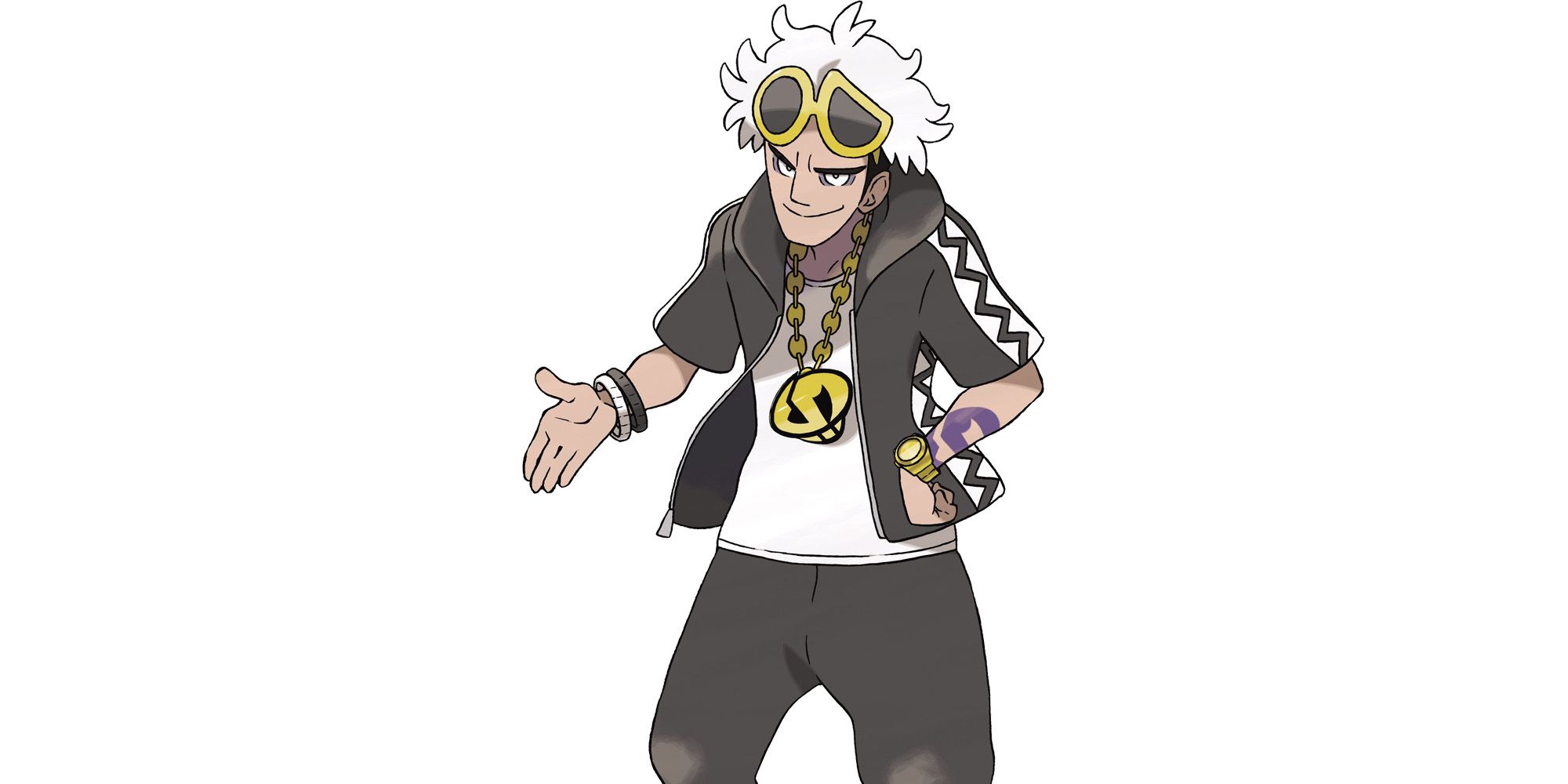We may be past the days of Generation I, but the Pokémon video game franchise is still going strong. Where players had to put a ton of effort into finding the secrets of Pokémon Red and Blue, the more recent entries in the Pokémon world grant players far more opportunities to find extra content. Gone are the days of glitching your way through the walls of the Pewter City Gym, replaced with dozens of post-game sidequests to entertain the player after defeating the Elite Four and becoming the Pokémon Champion.
Pokémon Sun and Moon (and their sequels, Pokémon Ultra Sun and Ultra Moon) certainly do that, making sure there are plenty of activities to keep the player engaged even when they're not doing the main storyline. Sun and Moon changed up several key parts of the Pokémon formula, from its structure to its transportation. Thanks to the larger budget and greater technological resources now at the disposal of Game Freak and Nintendo, Sun and Moon are able to provide all kinds of secret spots for the player to find.
Aside from the vast amount of legendary Pokémon available to catch, there are all kinds of fun, strange sidequests to do in the Generation VII games. From sleuthing your way through Konikoni City to find imposters to the fearsome Ultra Beasts, some locations are hard to find, and others have hidden meanings that only become clear late in the game.
So without further ado, here are 15 Hidden Locations Only Experts Found In Pokémon Sun And Moon.
15. Guardian Pokémon shrines
Pokémon Sun and Moon is known for having a metric ton of legendary Pokémon available to catch, and that includes the guardian Pokémon of each island. These guardian deities are thought of as the watchful protectors of the islands, but that doesn't mean an enterprising player can't capture all of them and make them battle.
To begin the encounters with the guardian Pokémon, interact with their shrines after defeating the Elite Four and becoming the Pokémon Champion.
The battle with Tapu Koko, guardian of Melemele Island, is automatically initiated after doing so, but you'll have to go to each of the other shrines yourself.
The guardian of Akala Island, Tapu Lele, can be found in the Ruins of Life after a puzzle that requires Machamp Shove. Tapu Bulu can be found in the Ruins of Abundance on Ula'ula Island, and Tapu Fini can be found in the Ruins of Hope on Poni Island.
All four are difficult to catch, but Tapu Bulu is the most difficult to find, as players have to trek through the confusing maze area of the Haina Desert to reach the Ruins of Abundance, battling wild Pokémon along the way. Once you reach Tapu Bulu, it's no harder to catch than the others, but reaching this hidden location is not simple task.
14. The Ultra Beasts
Looker is a fan favorite character in the Pokémon franchise, making his first appearance in Pokémon Platinum chasing Team Galactic. He would go on to make appearances in Pokémon Black, White, X, Y, Sun, and Moon, sometimes just as a cameo and sometimes as part of a larger sidequest.
His role in Sun and Moon definitely falls into the latter category, as Looker teams up with the player and Anabel (Looker's superior officer) to track down the Ultra Beasts, extremely powerful creatures which came to our world through the Ultra Wormholes.
Of course, Looker doesn't have any Pokémon of his own, so the player has to do all the work find and capturing the Ultra Beasts.
There are eleven Ultra Beasts (some of which are version exclusives) in the Generation VII games, and the player can only catch them by working with Looker and Anabel.
The two International Police Agents direct the player to the locations of the Ultra Beasts, which appear at various points all over the island. It's a little disorienting to go to a place from the earlier parts of the game and find super powerful borderline legendary Pokémon there, but the International Police must brave any danger.
13. The Surfing Pikachu
In Pokémon Ultra Sun and Ultra Moon, there's a mini game called Mantine Surf. A variant of the Poké Ride system, Mantine Surf is a game that doubles as transportation. The player rides on a Mantine's back between a few set locations, performing tricks to achieve a high score along the way. The different courses have different difficulty levels, and players are challenged to beat the high scores of "Big Boss" on all of them.
If the player is wins the mini game, they can go to the Heahea branch of the Surf Association to receive a special reward: a Pikachu that knows the move Surf!
This is a callback to previous games that also featured Surfing Pikachus. The tradition started way back in Generation I, with a Pikachu's Beach minigame. Much like Mantine Surf, that minigame also featured a surfing Pokémon that received points for elaborate tricks.
They kept the tradition alive by occasionally giving out Surfing Pikachus in events or in Mystery Gifts, but Ultra Sun and Ultra Moon are the first games to have a Surfing Pikachu available in the core game since HeartGold and SoulSilver's Yellow Forest area, which featured Pikachu that knew all kinds of unique moves.
12. The secret of Ultra Ruin
The Ultra Warp Ride gained in Pokémon Ultra Sun and Ultra Moon allows the player to traverse Ultra Space.
Ultra Space is where the Ultra Beasts reside (and yes, we know we're using the word "Ultra" a lot, get used to it), and thus where the player must go to catch them. These pockets of Ultra Space have various names-- Ultra Jungle, Ultra Deep Sea, etc.-- but we're going to focus on Ultra Ruin. Guzzlord resides there, and at first the place just seems like a desolated city inhabited by a gluttonous creature. On closer inspection, it's revealed to be something much more familiar.
Reading the signs and recognizing the landmarks, players quickly deduced that Ultra Ruin was actually a future version of Hau'oli City from another dimension.
There are all kinds of debris from the city, including signs that all but spell it out. The journey to Guzzlord thus becomes a morbid reminder that Hau'oli could look like this in the future. The mystery of why the Ruin is an Alolan City has not been solved. Ultra Space exists thousands of lightyears away from the world of Pokémon so the Ultra Warp Ride isn't just traveling through time.
Whatever the answer is, Ultra Ruin was still a haunting experience to play through.
11. The Ditto Five
On Alola Route 9, there is a police station. In Pokémon Ultra Sun and Ultra Moon, if the player interacts with the police officer at the very back of the station, they'll discover something odd: he's not really a police officer. He's not even human!
The officer is actually a Ditto, transformed to look like a human.
After capturing or defeating the Pokémon, the false officer's former partner (who is shocked to learn his partner was a Ditto) tasks the player with finding the rest of the so-called Ditto Five, a gang of Ditto impersonating humans. The Pokémon imposters are scattered around Konikoni City, and the player has to find four more on top of the officer.
The Ditto take a wide range of human shapes, from a Chef in a restaurant to a masseuse to a member of the Elite Four! That's right, one of the Ditto takes the shape of Olivia, one of the strongest trainers in all of Alola. Maybe it's a bit of a letdown when she turns out just to be another Ditto, but the rewards for this sidequest aren't.
Trainers can earn an even 100,000 Pokémon Dollars as a reward for stopping the Ditto Five, plus a Focus Band from the police officer who gave the quest once it's been completed.
10. The Quest for Eevium Z
One of the many post-game sidequests in Pokémon Sun and Moon is finding the Eevee trainers, a group of Pokémon trainers that each specialize in one of the evolved forms of Eevee. Players start the quest when they talk to the NPC Kagetora after becoming Champion of Alola.
Kagetora hangs out in the Thrifty Megamart near the Battle Royal Dome on Akala Island, and he asks the player to go and find all his friends and defeat them in battle.
Since there are eight evolved forms of Eevee, the player then has to go find eight trainers scattered all around Alola.
Players can find a cleaning lady in the Trainers' School to fight a Vaporeon, a magician in the Tide Song Hotel to battle a Flareon, a resident of Malie City's Community Center to battle a Jolteon, a power plant worker to battle an Espeon, a guy in the Hau'oli Cemetery to battle an Umbreon, a former beauty in Iki Town to battle a Glaceon, a model on Hano Beach to battle a Leafeon, and the granddaughter of one of the trainers in Seafolk Village to battle a Sylveon.
Each trainer only has the one Pokémon, so it's not too hard to beat them, and once you defeat all of them and return to Kagetora, he'll give you Eevium Z, the Z-Crystal that allows Eevee to perform Extreme Evoboost. You have to battle him, too, though.
9. Constructing Zygarde
Zygarde was the last to be found of the XYZ trio of legendary Pokémon in Pokémon X and Y. Rounding out the trifecta along with Xerneas and Yveltal, Zygarde was something of a second fiddle to the other two - not quite impressive enough in its design or statline to stand out. That changed in Pokémon Sun and Moon, which revealed two new forms of the Ground/Dragon type legendary.
It turns out the normal form of Zygarde was actually the Pokémon at 50% power, and it looked very different at 10% (above left) and 100% (above right).
To power up Zygarde, players had to search all over Alola to find Zygarde Cores and Cells, which could be collected once the player obtained the Zygarde Cube.
The Cores act as Zygarde's brains and teach the Pokémon new moves (which tend to be extremely powerful and unique to Zygarde), while the cells act as Zygarde's body. These Cores and Cells are scattered all over Alola, and there are 100 of them in total, so if trainers want to complete Zygarde's 100% form, they'd better be ready to look everywhere. We really do mean everywhere: these items are hidden along roads, in forests, behind objects, even in people's bedrooms, and they're on every island. If you want to see Zygarde's full potential, get to work!
8. The Secret of Poké Pelago
At first glance, there's nothing hidden at all about Poké Pelago, the place trainers go to interact with Pokémon they may not be using in battle at the moment. Consisting of five islands that the player can upgrade, trainers can partake in several helpful activities there. Through all this, the player is helped by Mohn, the caretaker of the archipelago. As it turns out, Mohn is hiding a dark secret.
Visiting areas in the Aether Foundation reveals that the scientist who discovered Ultra Wormholes (i.e. the guy who provided the impetus for the plot of the entire game) is someone named Mohn.
That's right, the game hints that the lovable Poké Pelago caretaker is secretly a scientist with a troubled past. There's more: talking to Gladion reveals that it was his father who confirmed the existence of the wormholes and the Ultra Beasts, meaning that not only is Mohn an important scientist, he's Gladion and Lillie's father, and Lusamine's husband.
That's right, the place your Pokémon relax in doubles as the hiding spot for the guy who started all the trouble in the first place. Then again, with their family troubles, it's no wonder he decided to run away to an archipelago filled with nothing but Pokémon!
7. The Alternate Lake
There's a lake in Alola that holds great power, either named the Lake of the Sunne or the Lake of the Moone, depending on which version of the game you're playing. Specifically, the lake holds great power over Cosmog and Cosmoem, as shown in Pokémon Sun and Moon when Lillie's Cosmoem Nebby evolves from a Cosmoem into either a Solgaleo or a Lunala (again, depending on the version) at the Altar of the Sunne/Moone. There's more to the lake than that, and it allows the player to obtain a second Cosmog to complete their Pokédex.
It turns out that there's an Ultra Wormhole in the Altar of the Sunne/Moone that the player can go through once they've defeated the Elite Four and become Champion.
The first time the player does this, a cutscene will play and they will receive another Cosmog, which they can level up to a Cosmoem to complete the Pokédex. The cutscene occurs in an alternate version of the lake-- specifically, the version that the players don't have. If the player started in the Altar of the Sunne, they'll end up in the Altar of the Moone and vice versa.
Getting a second Cosmog means they also get a second legendary that they can then trade to someone else while still keeping one legendary for themselves!
6. The Game Freak office in Heahea City
In every Pokémon game, the Game Freak studio installs a cute mini version of its own studio for players to find and explore. There, players usually learn trivia about the game they're playing, present their completed Pokédexes, or receive an item.
In Pokémon Sun and Moon, the Game Freak studio is in Heahea City on Akala Island, and once players beat the Elite Four and become Pokémon Champion, they can challenge one of the developers to a battle! That developer is listed in-game as "Game Freak Morimoto," the avatar of Shigeki Morimoto, a developer who's been involved in the Pokémon video game franchise since its inception.
Morimoto will present the player with an Oval Charm once he is defeated, and the player can also earn a Shiny Charm from the game's director if they present him with a 100% completed Alola Pokédex.
In Pokémon Ultra Sun and Ultra Moon, the challenge is doubled: the player challenges Morimoto and another developer, Iwao, to a doubles battle. The rewards for the battle and the completed Pokédex are slightly different in the Ultra sequels to Sun and Moon, but the studio is in the same place in both games, east of Heahea's Pokémon Center and near the Dimensional Research Lab.
5. Farthest Hollow
Melemele Island is the first island players experience when starting Pokémon Sun and Moon, but that doesn't mean it doesn't have its share of hidden locations. In fact, large swaths of the island are blocked off from the player at the beginning of the game, requiring Poké Ride abilities (which replaced HMs like Fly and Strength) to reach.
One of these areas is Ten Carat Hill, located on the island's Southeast tip. Ten Carat Hill boasts its fair share of secrets, ranging from caves to items that can only be reached with Machamp Shove like Flyinium Z, but its most special area is the Farthest Hollow.
It may not seem like much when you first encounter the location, as its only real claim to fame is that it's the only place to find Rockruffs in the wild - which isn't nothing, considering how cute the little guys are.
Those who have played through the Ultra Beast post-game quest know that Farthest Hollow is the only place to find a certain Pokémon in the wild: Necrozma.
The final Ultra Beast, Necrozma appears in Farthest Hollow (though Anabel refuses to believe Looker that there's another Ultra Beast). Necrozma is one of the hardest Pokémon to catch in the game, as it starts at a whopping Level 75 in the encounter.
4. Poni Gauntlet and the Battle Tree
Like several other Pokémon games, Pokémon Sun and Moon offer an opportunity to test your skills once more after defeating the Elite Four. Just like the Battle Towers, the Battle Subway, and the Battle Maison from previous generations, the Battle Tree gives the player the chance to test their chosen Pokémon teams against a vast array of other trainers.
There's a twist for this battle location: it's led by Red and Blue, the player character and rival from the original generation of games.
If you progress far enough at the Battle Tree, you'll get a chance to battle the two legendary trainers, with their classic teams. Red has the three first generation starters, Lapdos, and Snorlax, and Blue has a wider possible team, including his signature Arcanine. Much like those of us who played Pokémon Red and Blue, the two masters are older and wiser, and their teams are no joke.
They're not the only ones the player can battle-- they'll also get the chance to rematch characters from the main storyline, including Professor Kukui, Trial Captains, and more. To experience all that the player first has to make it through the Poni Gauntlet, which is filled with powerful Pokémon and trainers. And the players have to be the Alola Champion before they can even enter the Gauntlet!
This location isn't just hidden, it takes strong Pokémon just to reach.
3. The Trainers' School’s principal
There are a lot strong trainers who want to battle you after you become the Champion of Alola, and school principals are no exception, it seems.
Asuka, the Trainers' School principal, will battle you if you come find her after becoming Champion. The Trainers' School has its own share of secrets and hidden places-- including a series of sidequests in Ultra Sun and Ultra Moon in which the player "investigates" a series of mysteries around the school-- but battling the principal takes the cake.
Who hasn't dreamed of showing up to their old school and beating the principal at that what they do best?
Asuka won't just roll over, however. All her Pokémon are at Level 57, and they include a Granbull, a Stoutland, and an Arcanine. Her trainer sprite is modeled on the female Veteran trainers found around Alola, so players should expect nothing less. She's not too much of a challenge, though, especially for players who have already defeated the Elite Four - and they won't be allowed into the principal's office until they've done so.
All in all, the battle isn't much of a challenge; think of it more as a perk for Champions. Only Champions are allowed to come back to school and show up their old principal.
2. The Stats Judge
Casual Pokémon fans may not know this, but there are ways to shape and groom a Pokémon's individual stats. It involves min-maxing your Pokémon's IVs and EVs (individual values and effort values, respectively), and it takes a lot of dedication to do well.
IVs and EVs dictate how much each of your Pokémon's stats will increase as it levels up, and they can radically alter a Pokémon's performance in battle. The catch? In most Pokémon games, you can't see them.
That's right, until Pokémon Sun and Moon, players couldn't see for themselves what their Pokémon's IVs were-- instead they had to rely on looking up what a Pokémon's nature means, and the Stats Judges.
Stats Judges were the only in-game ways to check these hidden stats, and for multiple generations of games they were frustratingly cryptic. They would rate a Pokémon's individual IVs on a scale of "decent" to "outstanding," and they wouldn't give any specific numbers. If players went and found Alola's Stat Judge (near the entrance to the Battle Tree on Poni Island), he would do something different.
Instead of telling players about the IVs himself, the Stat Judge upgraded the player's PC so players could track of the stats themselves.
This, understandably, was much more convenient for players serious about min-maxing their Pokémon, but could only be unlocked if they had hatched at least 21 Pokémon Eggs. Otherwise, how could the judge know they were serious about breeding Pokémon?
1. Guzma’s childhood bedroom
One of the main antagonists of Pokémon Sun and Moon is Guzma, the leader of Team Skull, a gang of wannabe Team Rocket juvenile delinquents. One might expect that Guzma had always been a thug, but it turns out he came from a fairly average childhood - depending on which interpretation you believe.
We know this because there's a house on Alola Route 2 that contains an old married couple who lament their child who ran away. They tell the player that, like them, the child had gone off to battle the Island Challenge, but something had gone wrong.
At the end of the game, if the player returns to the house after becoming Champion, it is revealed that child was Guzma, and he still harbors resentment towards both his parents and the Island Challenge. On top of that, some fans speculate that the flavor text on certain items (like bent golf clubs) and the father's story indicate that Guzma endured an abusive childhood that ended in him hitting back with the golf clubs.
Whatever the case, Guzma's home life was no picnic, and his sense of disillusionment continues on into his adulthood, which helps explain why he tries to thwart the player at every turn.
---
Did we miss any hidden secrets in Pokémon Sun and Moon? Let us know in the comments!

